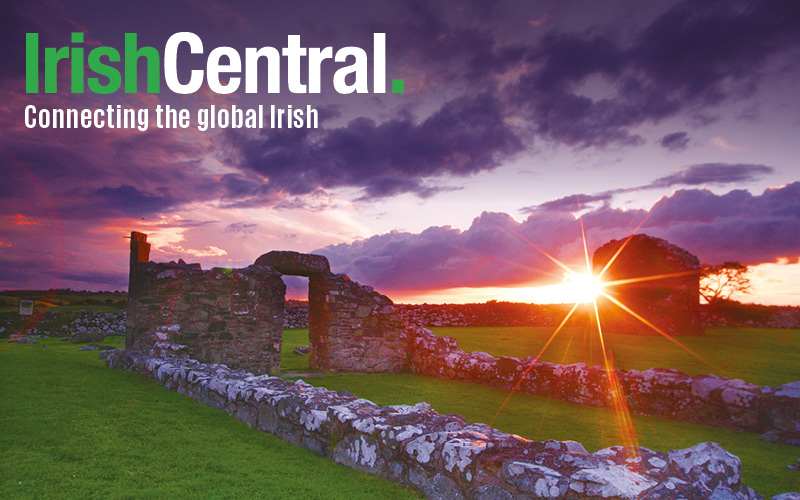Ancient human remains were discovered in Swords, North County Dublin, on Monday evening. The bones are believed to date, roughly, to the 15th century.
On Monday, just after 6 pm, the gardaí (Irish police) were alerted by locals who made the grim discovery on the banks of the Ward River, at River Valley Park, in Swords, RTE reported.
Forensic anthropologists examined the bones and confirmed that these are ancient remains. The police confirmed that this no longer a police matter and the National Museum of Ireland, on Kildare Street, will be notified.
Read more: As important as Newgrange or Tara - an ancient Irish site you’ve never heard of
The Sun reports that the discovery was made by a local who was out for a walk. The remains were found close to an ancient burial site. A video of the find shows a skull, teeth, and ribs visible, buried in the bank.
A statement released by the police stated:
"The skeletal remains were examined this evening by a Forensic anthropologist and deemed to be ancient, dating back to roughly the 15th Century [sic].
"This is no longer a Garda matter and the scene has been lifted. The National Museum of Ireland will be notified of the find."
A police spokesperson said on Tuesday "Gardai in Swords are investigating the discovery of skeletal remains at a site on the banks of the Ward river at River Valley Park, Swords.
"The discovery was made by local people who contacted Gardaí shortly after 6pm this evening.
"The area has been sealed off and an anthropologist has been requested to carry out an examination of the remains and burial site.
"Enquiries are ongoing."
The Irish Times reports that "in 2000 six medieval female skeletons were unearthed on the banks of the same river after a skull was spotted protruding from the bank. It was thought the burial ground came from the 13th or 14th century."
Iron nails and a King Edward I silver penny from the 1280s were discovered during further excavations. These discoveries were made following the unearthing of an 11th-century burial ground, built before Swords Castle, in 1971.
Read more: Ancient bones reveal Irish are not Celts after all




Comments